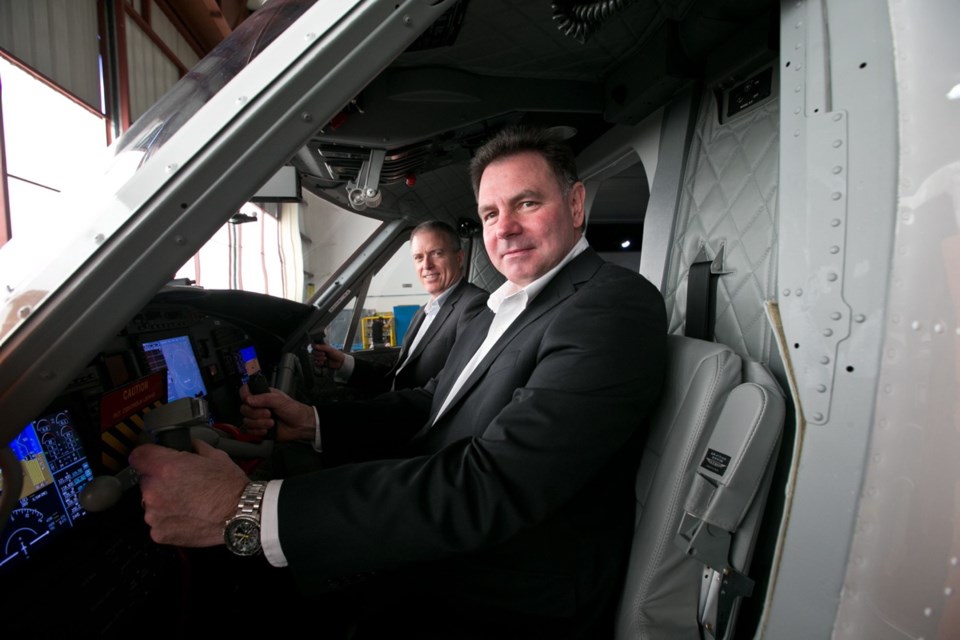Pacific Sky Aviation is a step closer to becoming a world leader in flight training.
The sister company to Viking Air, which has seen strong response to the production relaunch of the Twin Otter aircraft, has hired Mauro Pezzetta as its general manager of training and simulation.
Pezzetta, a flight simulator industry veteran, has been handed a blank canvas as ground for a new training centre will not be broken until later this year and the world’s first Twin Otter simulator is still being put together in Montreal.
“You can see my attraction to this,” said Pezzetta with a nod to the empty lot off de Havilland Way where the new training centre will be built over the next 18 months. “[Next year] you will see a building up and full training going on and people coming here from all over the world.
“It’s a huge attraction to start from scratch and it’s a challenge. I’ve done a few before, but not as challenging as this one due to the fact this has not been done before.”
The program at Pacific Sky, which offers technical and flight training on the Twin Otter often in tandem with Viking orders, will be the first to offer the simulation of taking off and landing on water.
“Right now, no flight simulator in the world can replicate a float plane. This is the first one ever done,” said Pacific Sky chief executive Mike Coughlin.
Pezzetta was most recently at CAE, where he served as technical operations manager in Vancouver, and before that focused on simulator training with South African Airlines, Canadian Airlines and Air Canada.
His role will be to oversee the development of Pacific Sky’s Twin Otter training centre and the implementation of the new simulator.
That simulator, being built by TRU Simulation in Montreal, is the centrepiece of the 13,000 square foot facility
“The pilots will be able to do so much more on the simulator, whereas on the actual airplane you cannot take certain kinds of risks,” Pezzetta said. “And the more time they can spend on the simulator the less time they have to do on the real airplane.”
That saves money and wear and tear on planes that have a base price of about $7 million. The cost of the simulator is not being disclosed, though it is more than the cost of a Twin Otter, said Coughlin.
“This is beneficial for everyone involved,” said Pezzetta.
Coughlin said for Viking it means being able to offer the most realistic training possible and will lead to improved crew proficiency.
The two companies took plenty of time before investing in the centre and simulator.
“It was a difficult business decision to make. The number of aircraft delivered at this point is about 24 a year and it takes time to build up a pilot base to make this reasonably profitable,” said Coughlin.
“But it’s been four years [since Twin Otters started coming off the line] and we’re confident this makes sense.”
Pacific Sky currently trains about 200 new pilots a year and expects with a simulator there will be a new market with existing pilots coming back for refresher courses and challenges in conditions they may not yet have faced.



